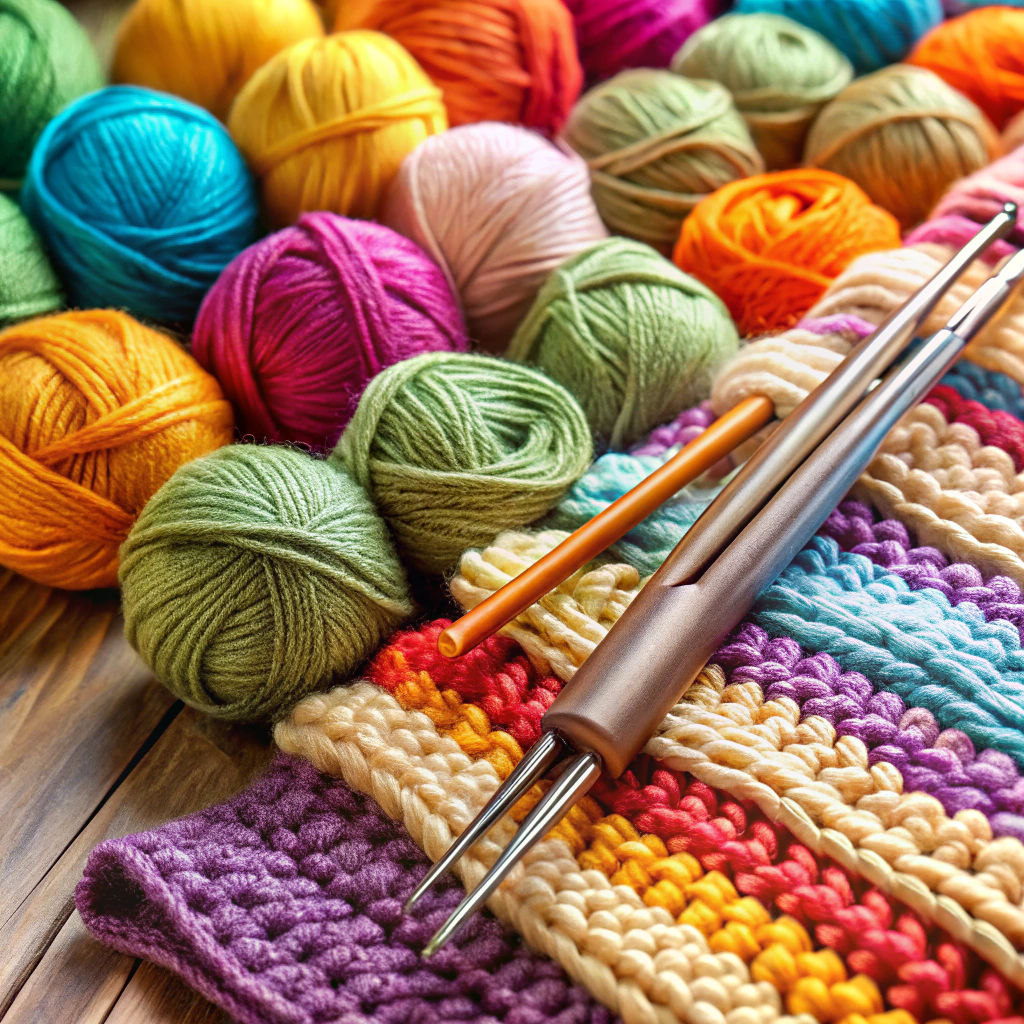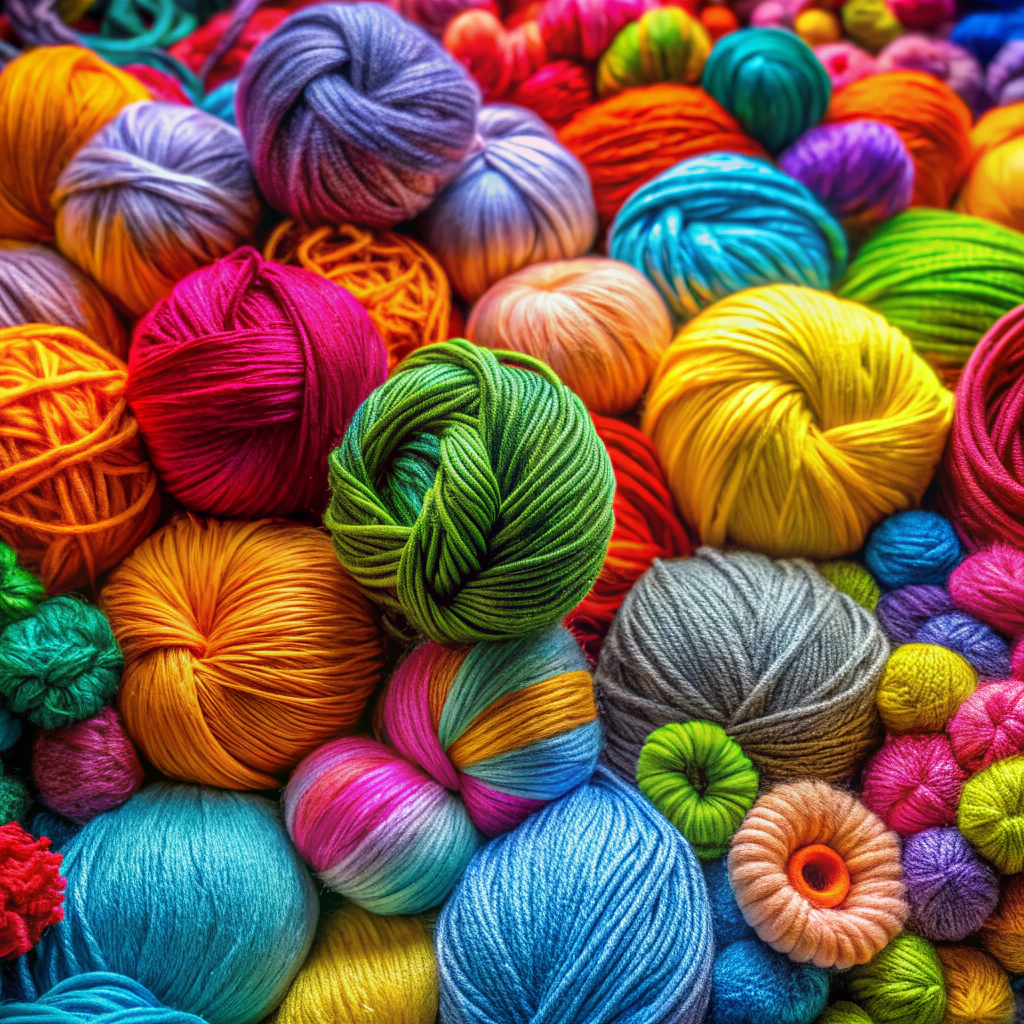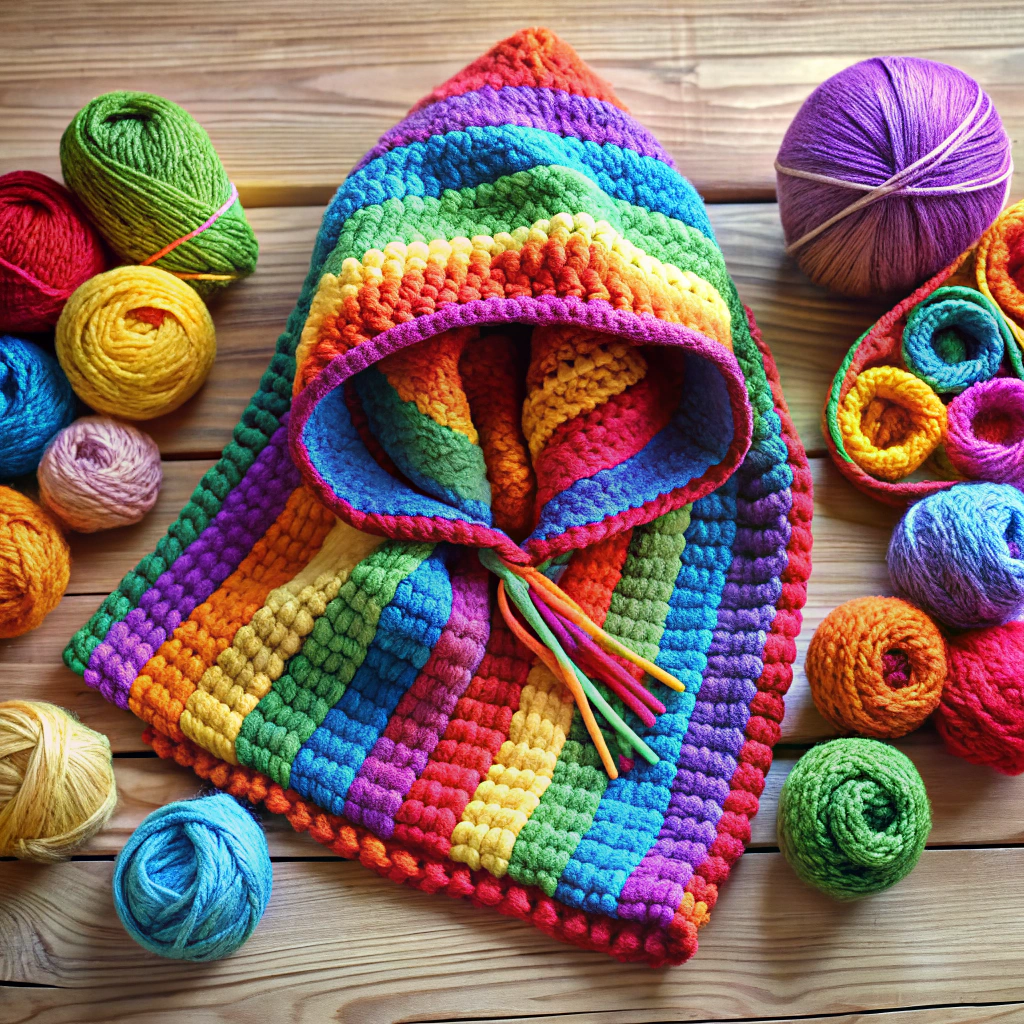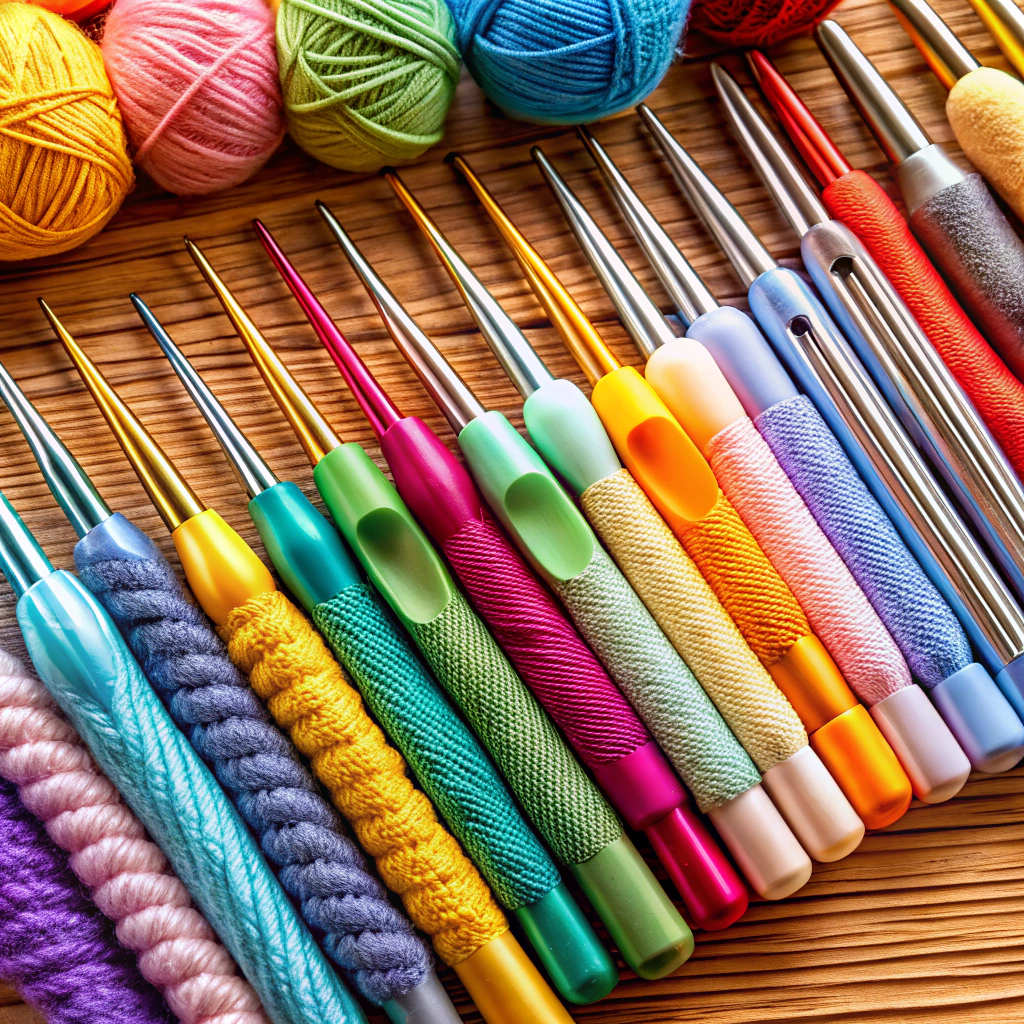Learn how to crochet straight edges and say goodbye to wonky sides forever.
Struggling to keep those crochet edges straighter than a wizard’s wand? We’ve all been there—wonky, wavy rows that look more like a roller coaster than a blanket. Fear not! Cracking the code to perfect edges involves simple tricks: proper first stitches, consistent stitch counts, and treating the turning chain like your bestie, not a stitch. Dive in, and let’s get those edges so straight, they’ll impress even the most fastidious of grandmas!
Key takeaways:
- Properly place the first stitch to keep edges straight.
- Keep track of stitch count to avoid wavy edges.
- Treat the turning chain as a helper, not a stitch.
- Start each row in the correct spot for straight edges.
- Use stitch markers to maintain tension and prevent mistakes.
This Is the Outline for an Article On the Topic of “how to Crochet Straight Edges”
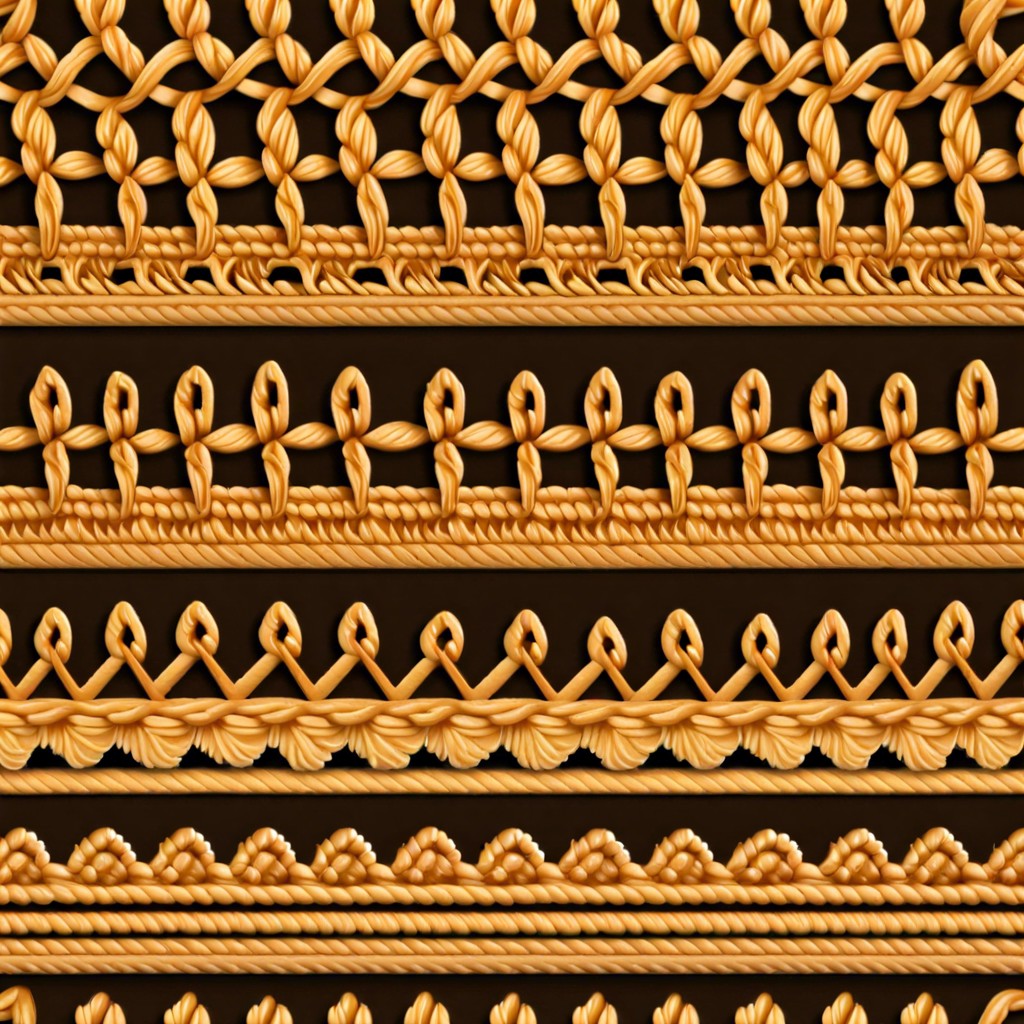
The first stitch of each row can be a sneaky trickster. Always place it in the correct spot to keep your edges looking sharp. Typically, this means beginning in the very first stitch of the row, right next to your turning chain. The turning chain does NOT replace the first stitch. It just hangs out there, trying to look important.
And beware of those rascally skipped stitches. Skip one, and your project will start to look like it’s on a roller coaster. Place that first stitch properly, and your edges will stay straight as an arrow. Or a very disciplined piece of spaghetti.
Stitch Count
Let’s talk stitch count, the hidden hero of neat edges! Keep count of those stitches like a squirrel hoarding acorns for the winter. If the pattern says 20 stitches, make sure you have 20 stitches at the end of every single row.
Skipping or adding stitches is like inviting chaos to your neat edge party. Keep track as you go; you might even want to count aloud. Your pets will think you’re teaching them math—bonus!
Be extra careful at the ends of rows, where stitches love to play hide and seek. Count diligently, and your edges will stay straighter than a ruler’s dream.
Avoid Counting the Turning Chain
Stray turning chains often masquerade as stitches. Sneaky, sneaky.
Hookers beware, these devious loops can throw off your count and leave you with wavy edges. Treat the turning chain like that flirty friend who means well but can complicate things.
- Remember:
- The turning chain is just there to lift your yarn to the correct height.
- It doesn’t need to crash the party and join your stitch count.
- If your pattern says “chain 3 and turn,” start your new row in the next stitch, not right at the base of the chain.
- Only count real stitches, not chain-related impostors.
Simple rule: turning chains are helpers—let them help, but don’t let them meddle.
Position of First Stitch in a Row
Start in the right spot, or your project will start looking wavier than the ocean on a windy day. Check if you work into the first stitch or skip it (often determined by whether you’re working in rows vs. rounds).
For single crochet, you usually work into the first stitch. For taller stitches, often skip that first stitch and start in the next one.
Consult the pattern; they’re your crochet GPS.
Skip a stitch that shouldn’t be skipped and boom, a rogue hole appears. Miss it and you’ve just added a secret love handle to your project.
That first stitch is crucial. Treat it well, and your edges will thank you!
Position of Last Stitch in a Row
Ever get to the end of a row and wonder, “Is that the last stitch or the beginning of a new conspiracy?” You’re not alone. Misidentifying the last stitch is a sneaky culprit behind crooked edges.
First, look for that gentle nudge—the stitch often sits slightly over to the side. Your last stitch will usually be directly below the turning chain from the previous row.
Second, avoid the lawless land of vague spaces. The last stitch isn’t a gap, it’s that cozy V hiding stealthily. Use a stitch marker in the last stitch when you make it so you can see its exact location during your next round of crochet detective work.
Lastly, if you find an extra stitch at the end of a row, undo the crime scene! Retrace your steps and pinpoint where you might have added an unruly extra stitch. It’s all about precision and a hint of vigilance, but hey, practice makes perfect!
Correct Turning Chain Height
Choosing the correct turning chain height is crucial. If you choose unwisely, your work may look more like a wavy rollercoaster than a flat, professional project. Different stitches require different chain heights:
- For single crochet, use a chain of one.
- For half-double crochet, opt for a chain of two.
- For double crochet, go for a chain of three.
Make sure to count that turning chain as part of your stitch count only if the pattern specifies to do so. Some patterns, like rebellious teenagers, just want to break the rules. So be vigilant and follow the specific instructions. End of the day, it’s like following a pirate map – X marks the spot where precision lies.
Using Stitch Markers
Stitch markers are the unsung heroes of clean edges. Think of them as tiny, colorful knights safeguarding your stitches from going astray.
Firstly, pop a stitch marker into the first stitch of each row. This keeps your starting point crystal clear, and let’s face it, our brains could use one less thing to remember.
Next, place another marker in the last stitch of each row. This ensures you don’t accidentally crochet into the abyss, otherwise known as the row below, which is a sneaky trickster.
Using stitch markers also helps maintain tension. By anchoring key stitches, your rows will stay consistently shaped. Plus, it helps when you’re juggling distractions—like an energetic pet or a particularly gripping TV show.
Lastly, these little gadgets save time. Imagine not having to recount stitches obsessively; a dream come true for every crocheter, seasoned or newbie. So embrace the stitch marker and keep those edges flawlessly straight, with nary a wobble in sight.
